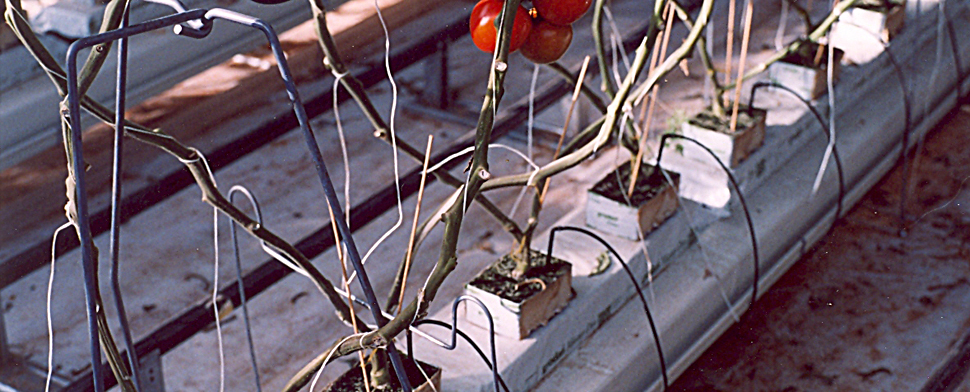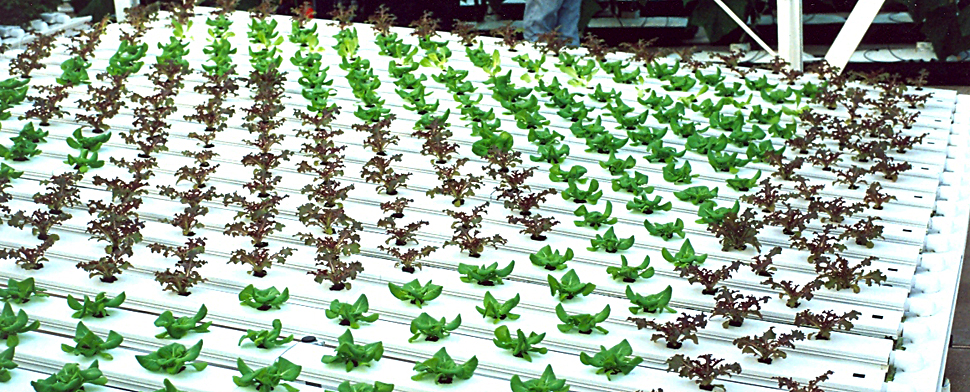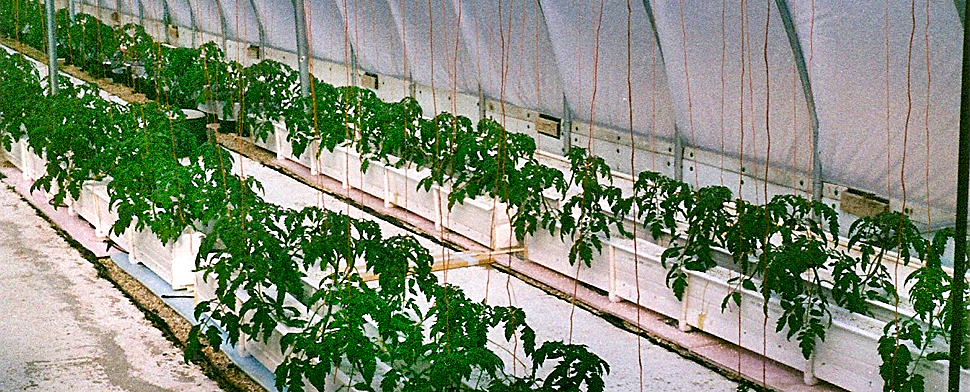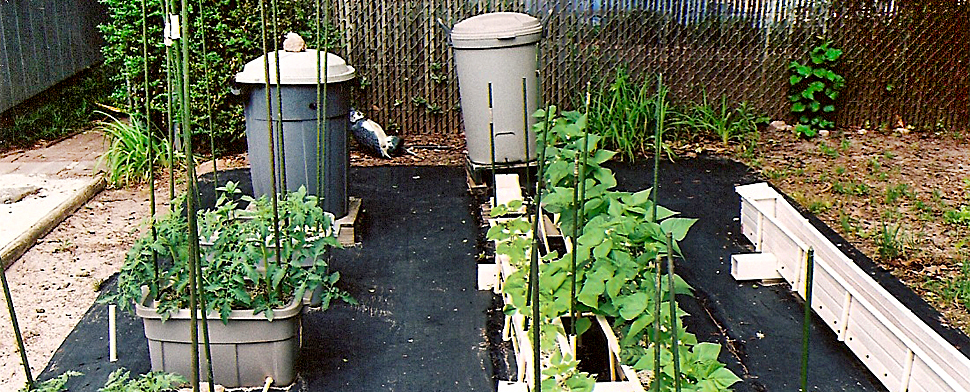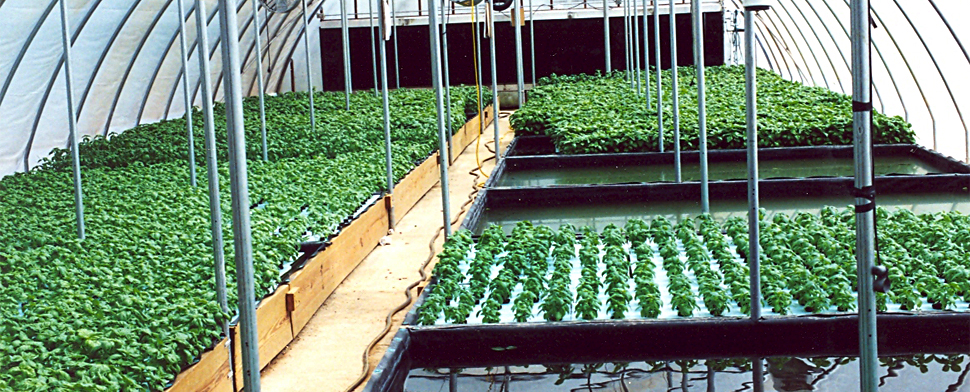It is well known that plants being grown under low light conditions can accumulate nitrate (NO3), the amount depending on the growing conditions and availability of NO3-N in the rooting medium. Those growing plants hydroponically maybe able to reduce this accumulation by increasing the concentration of molybdenum (Mo) in the nutrient solution formulation (1 to 2 ppm) higher than normally recommended, and in addition, adding ammonium-nitrogen (NH4-N) to the nutrient solution formulation so that it constitutes 15 to 25% of the total N. There is also a plant species factor that is important if the plants being grown are for direct human or animal consumption as a high NO3 content can pose a potential health hazard. When growing plants for direct human or animal consumption, the NO3-N concentration in the harvested product should be determined for their market suitability. When needed, adjustments in the growing method should be made in order to minimize NO3-N plant accumulation.
Written by admin
![]()
Dr. J. Benton Jones has written extensively on the topics of soil fertility and plant nutrition over his professional career. After obtaining a B.S. degree in Agricultural Science from the University of Illinois, he served on active duty in the U.S. Navy for two years. After discharge from active duty, he entered graduate school, obtaining M.S. and Ph.D. degrees from the Pennsylvania State University in agronomy. For 10 years, Dr. Jones held the position as research professor at the Ohio Agricultural Research and Development Center (OARDC) in Wooster. During this time, his research activities focused on the relationship between soil fertility and plant nutrition. In 1967, he established the Ohio Plant Analysis Laboratory.
Joining the University of Georgia faculty in 1968, Dr. Jones designed and had built the Soil and Plant Analysis Service Laboratory building for the Georgia Cooperative Extension Service, serving as its Director for 4 years. During the period from 1972 and his retirement in 1989, Dr. Jones held various research and administrative positions at the University of Georgia. Following retirement, he and a colleague established Micro-Macro Laboratory in Athens, Georgia, a laboratory providing analytical services for the assay of soils and plant tissues as well as water, fertilizers, and other similar agricultural substances.
Dr. Jones was the first President of the Soil and Plant Analysis Council and then served as its Secretary-Treasurer for a number of years. He established two international scientific journals, "Communications in Soil Science and Plant Analysis" and the "Journal of Plant Nutrition", serving as their Executive Editors during the early years of publication.
Dr. Jones is considered an authority on applied plant physiology and the use of analytical methods for assessing the nutrient element status of rooting media and plants as a means for ensuring plant nutrient element sufficiency in both soil and soilless crop production settings.
View all posts by: admin
No Comments Yet.

